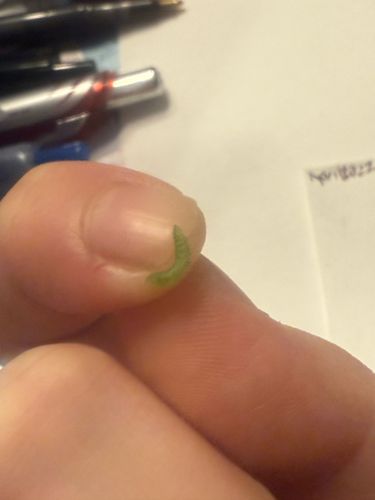Inchworm (Geometer Moth Larva)
Scientific Name: Various genera within Geometridae (e.g., Operophtera, Paleacrita, Lambdina)
Order & Family: Order: Lepidoptera, Family: Geometridae
Size: Typically 1-3 cm (0.4-1.2 inches) in length, though some can be smaller or larger.

Natural Habitat
Found in diverse terrestrial habitats where their host plants grow, including forests, woodlands, gardens, agricultural fields, and natural areas. They are typically found on the foliage of plants.
Diet & Feeding
Strictly herbivorous; they feed on the leaves and sometimes flowers of a wide variety of plants, including trees, shrubs, and herbaceous plants. The specific diet depends on the species, with some being generalists and others specializing on certain host plants.
Behavior Patterns
Inchworms move by extending their front end, anchoring it, and then drawing their hind end up to meet it, creating a distinctive "looping" motion. Most species are solitary. They may drop from plants on a silken thread when disturbed to escape predators. Many species overwinter as eggs, pupae, or adults, depending on the specific life cycle. They are masters of camouflage, often mimicking twigs or leaf veins.
Risks & Benefits
Risks: Some species can be considered agricultural or forestry pests when their populations are high, causing defoliation of crops or trees. Benefits: They are an important food source for birds, parasitic wasps, and other insectivorous animals. As larvae, they play a role in nutrient cycling by consuming plant material. Adult moths are often pollinators.
Identified on: 8/23/2025